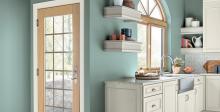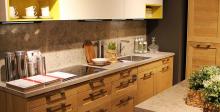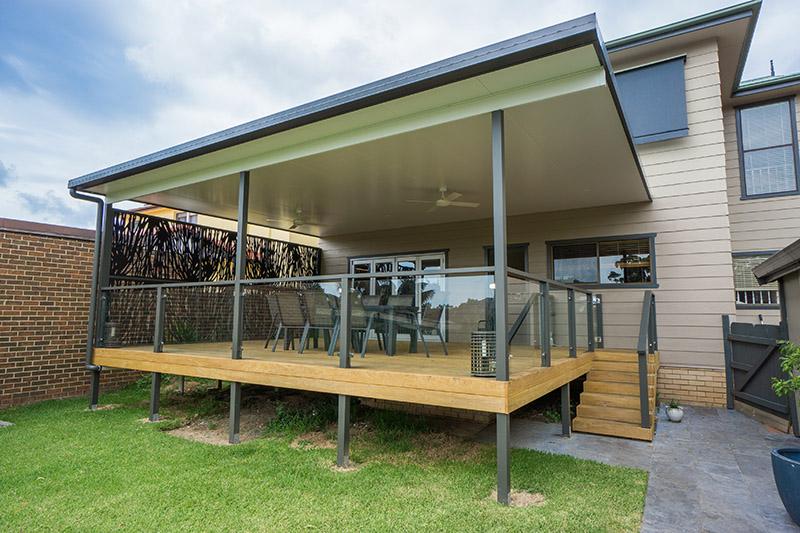Home lighting guide
How to choose LED light globes
The first thing that most people shopping for LED globes notice is the price – they’re usually a bit more wallet-hungry than the compact fluorescent lamps (CFLs) or the halogen dichroics that you’ll find in many Australian homes.
How to plan your lighting
Lighting design's really important these days - particularly now that we have watts-per-metre regulations in place, but also because it'll really affect how your home feels. Find out what makes for 'good' lighting design.
Indoor lighting guide
The biggest concern with indoor lighting is how to balance daylight with functional, decorative artificial light.
Outdoor lighting guide
Security, safety and function should all play a role in the way you choose to design your outdoor lighting.
Types of lighting
Lighting a home well involves choosing the right lights for different purposes - and making the most of available light from elsewhere (e.g. daylight). Learn more about different types of lights and controls.
Light globe types
Different types of globes offer different advantages in different situations. Choosing the wrong type can easily cost you much more in the long run.
Light globe comparison guide
Check out our comparison guide to see how different types of light globes compare in terms of how much energy they consume, how much light they produce per watt, and what other factors you need to consider.
Daylighting options
Daylight is a crucial part of any lighting design, and when used properly can help save you money and cut the size of your carbon footprint.
Lighting management
Lighting design is something that often gets less attention than it should. A well designed and managed lighting scheme will use far less energy in the long term, and is also likely to be more practical and appealing.
How to hire a lighting designer
If you're serious about lighting in your home, a lighting designer can work with architects or designers to create unique, captivating and functional illumination.
Lighting regulations
Lighting, just like all electrical work, is heavily regulated in Australia because of the dangers it poses - and to help encourage energy efficiency. Find out what sorts of regulations apply to lighting.
Are downlights a fire hazard?
We've all heard the disastrous tales about house fires caused when insulation's caught fire as a result of contact with downlights - but are they always hazardous? Get the truth about insulation and downlights.
Bathroom lighting
Bathrooms require good task lighting for practicality and safety, but it needs to be designed in such a way as to avoid glare from mirrors.
How to light different areas
Different areas of your house and yard have vastly different requirements in terms of the light they need. Carefully planning the sort of light that's required in each area will make your home far more functional and energy efficient.
Living and dining room lighting
These areas can be lit however you choose, and give you a great deal of freedom to do interesting things with light design.
Kitchen lighting
The lighting design in your kitchen will make a vast difference to how comfortable and safe it is, as well as to how good it ends up looking. Learn the right way to plan and arrange lighting in your kitchen.
Bedroom lighting
Bedroom lighting is typically warm and relatively basic. Your lighting design here really depends on what else you do in your bedroom!
Hall and foyer lighting
These areas are the entrances to your house, so the lighting should be warm and inviting. They can also make use of referred light.
Landscape and garden lighting
Good landscape and garden lighting can do amazing things for the way your yard looks at night.
Security lighting
Lighting plays an important role in most home security systems, and is a relatively cheap and effective deterrent.























